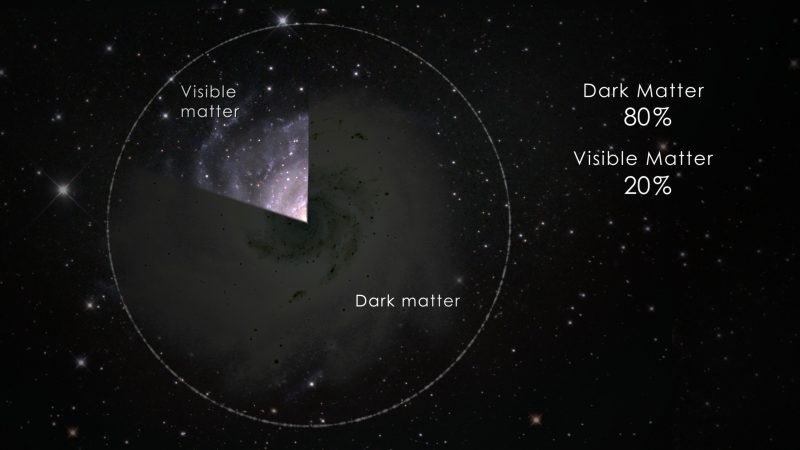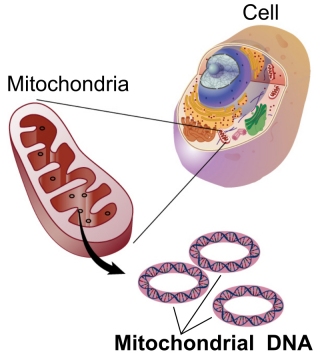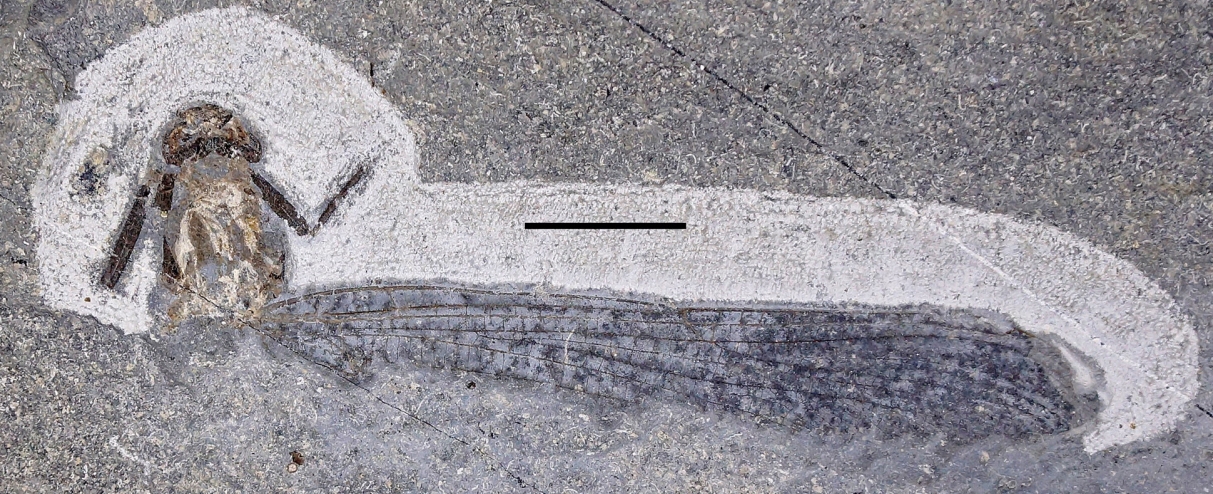
A couple of months ago, I wrote an article about a galaxy that has no “need” for dark matter. This is interesting, because most galaxies “need” dark matter to explain the motion of their stars. Based on the mass that is actually observed in most galaxies, the stars should not be moving the way that they do. Thus, scientists think there must be a lot of mass in those galaxies that cannot be seen (dark matter). To make their current theories work, scientists estimate that about 80-85% of the mass in the universe comes from dark matter. Since dark matter is thought to be so prevalent in the universe, scientists have tried to detect it directly, without any luck.
How do you detect something you can’t see? First, you have to have some idea of what you are looking for. Then, you design an experiment to see if what you think you might be looking for really exists. The most “promising” candidate for dark matter is a class of hypothetical particles called “weakly interacting massive particles” (WIMPs). These are particles that don’t interact with matter using the electromagnetic force. Since the electromagnetic force works via the exchange of photons, if a particle doesn’t use the electromagnetic force, it produces no light. Instead, WIMPs are thought to use only the gravitational force and the weak force, which works only at the subatomic level and is responsible for most of the natural radioactivity on planet earth.
Since all the matter we know of uses the electromagnetic force, WIMPs are obviously strange particles. However, they are allowed by the mathematics of the standard model of physics, which is why they are considered the most “promising” of the candidates for dark matter. How do scientist try to detect WIMPs? The most sensitive WIMP detector is called XENON1T, which is filled with liquid and gaseous xenon. The design of the detector allows scientists to identify electromagnetic interactions that occur between particles hitting the detector and the liquid xenon inside. They discard those interactions, and what’s left should be any interactions that use only the weak force. Those, of course, would be caused by the WIMPs.
The team of scientists using XENON1T reported their latest results at a seminar on May 28th, and so far, they have not seen a signal that is consistent with what is expected for WIMPs. I think their results argue strongly that WIMPs don’t exist, but that’s not the only explanation. The results could also mean that physicists don’t understand WIMPs as well as they thought, and these particles actually interact more weakly with matter than what the theories tell us.
Continue reading “Another Unsuccessful Attempt to Detect Dark Matter”









